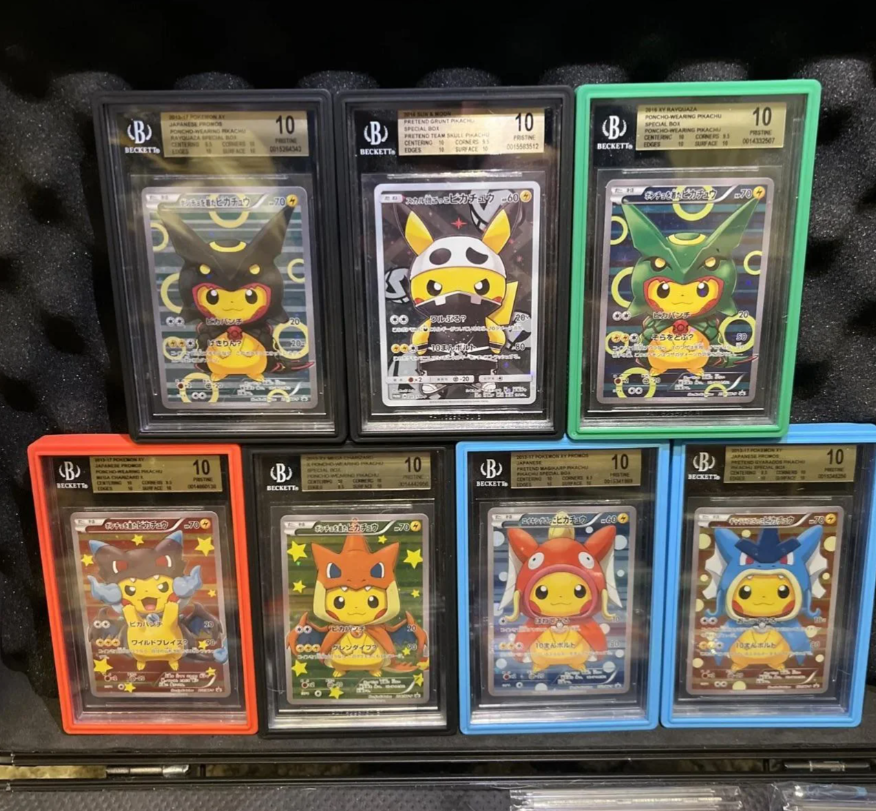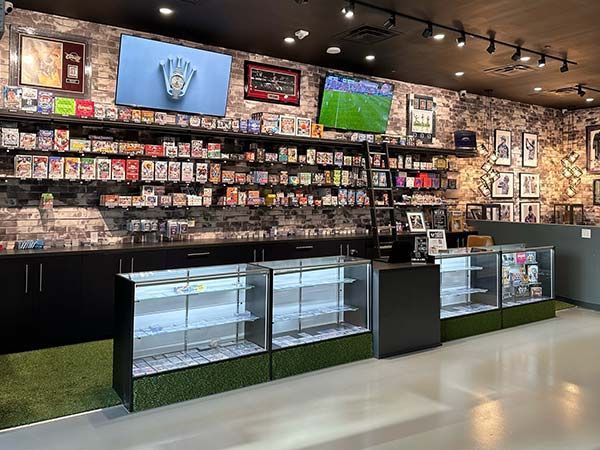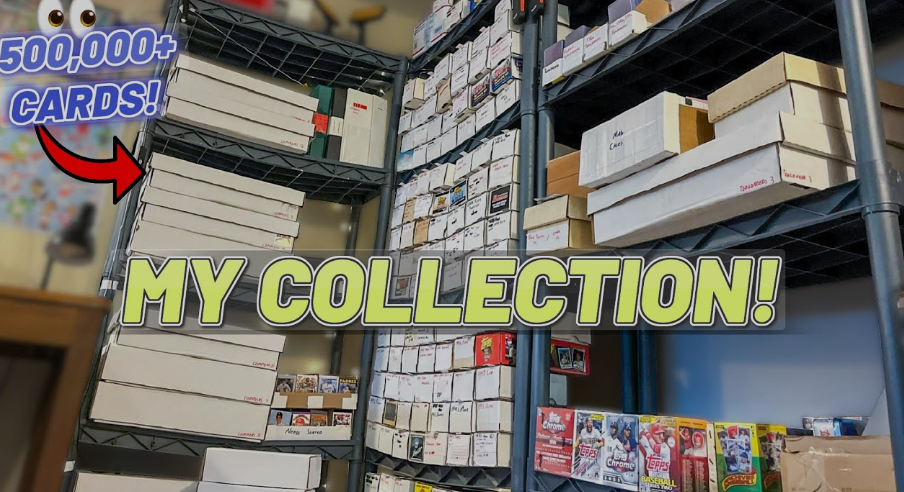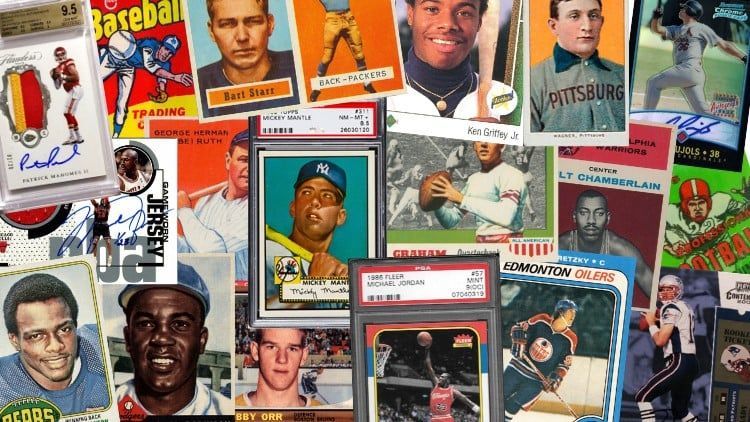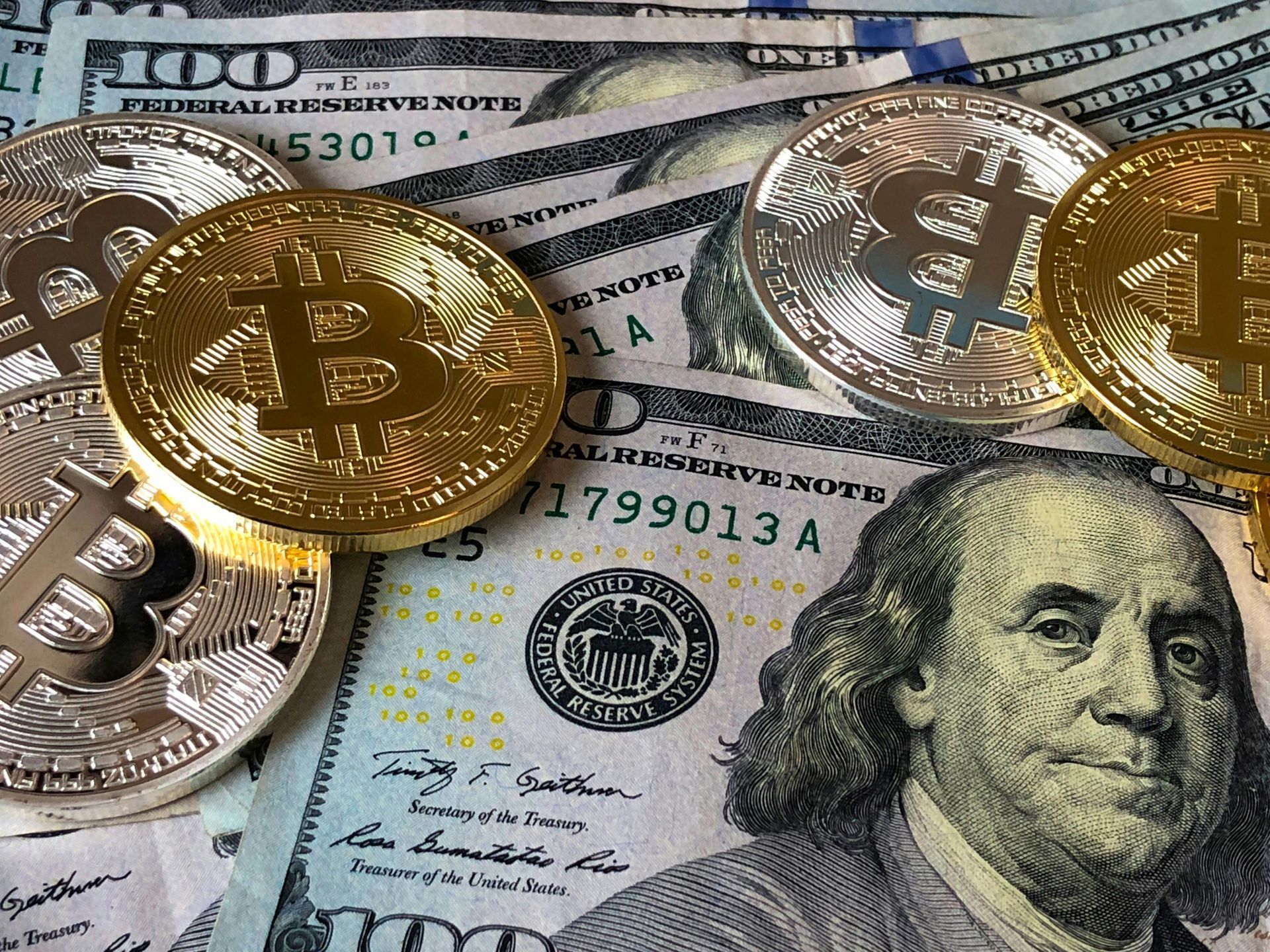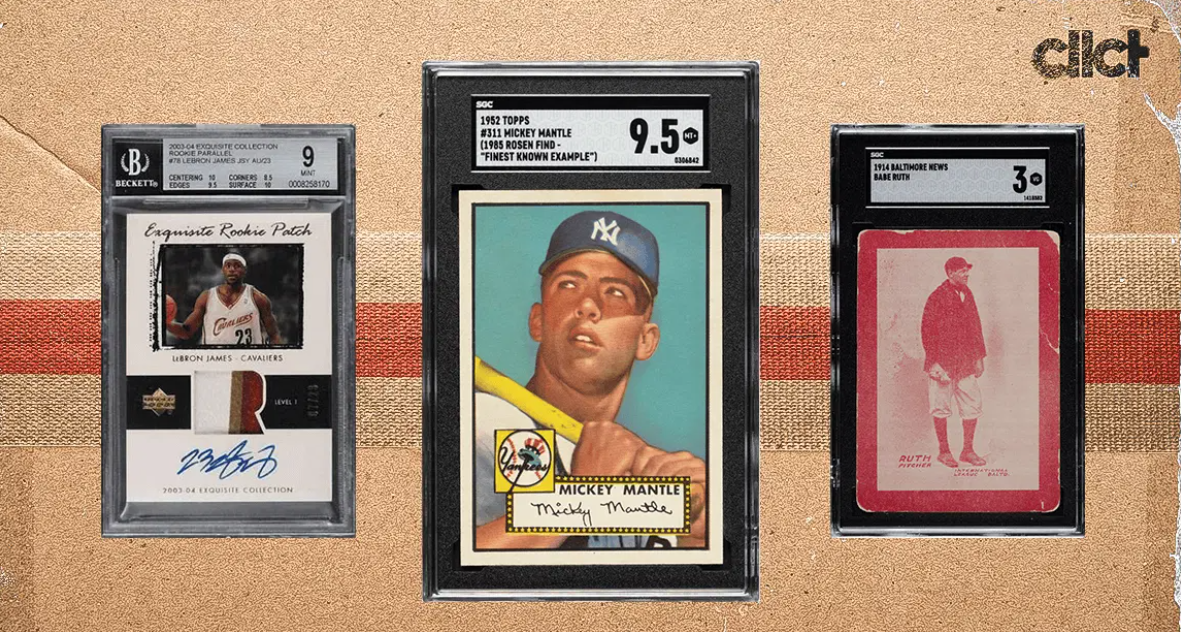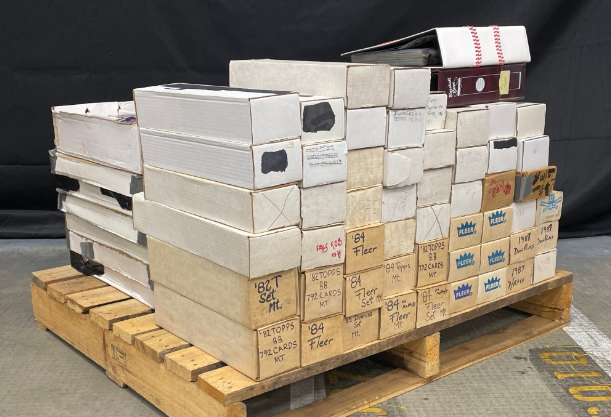How to Spot Fake or Reprinted Pokémon Cards: A Collector’s Guide
Protect Your Collection and Your Wallet
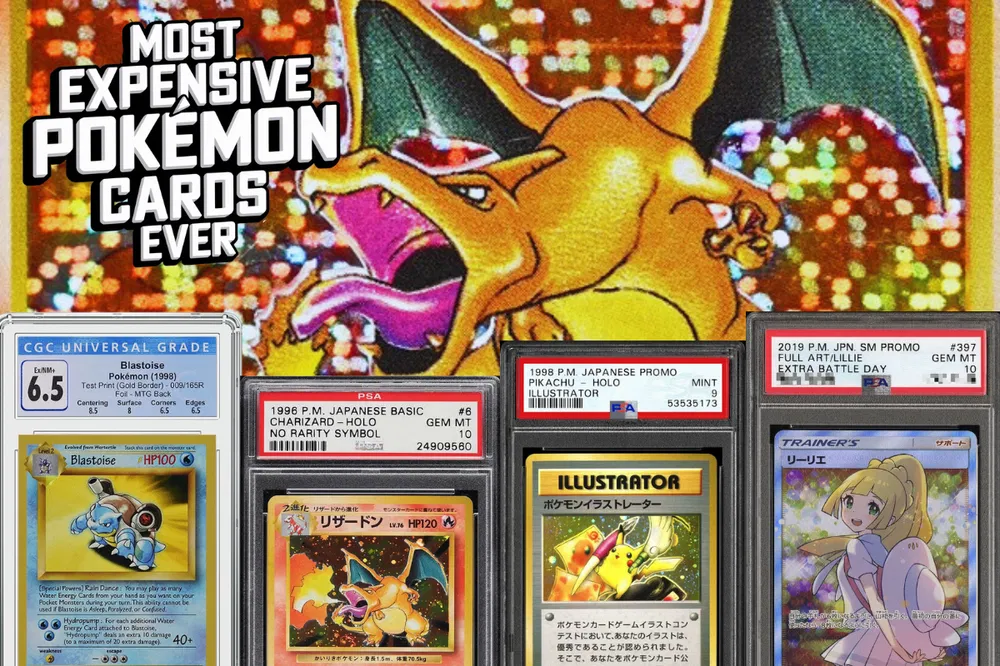
Why It’s Important to Know the Difference
With the rise of the Pokémon card market and prices soaring for rare cards, counterfeits have become more common. Scammers create fakes that look convincing at first glance, but these cards have little to no value. If you’re a serious collector or investor, spotting fakes early protects your collection and your investment.
1. Check the Card Stock and Texture
Real Pokémon cards have a specific card stock with a semi-glossy finish and a slightly textured feel. Fake cards may feel too smooth, flimsy, or have an unusual surface coating. A genuine card is made of layered paper with a black inner layer you can spot when torn (not recommended unless it’s a throwaway test card).
2. Inspect the Colors and Print Quality
Pokémon cards have crisp printing with clear lines and vibrant yet balanced colors. Counterfeits often have:
Colors that are too bright or too dull
Blurry text or images
Misaligned borders
Compare the suspected card with a confirmed authentic card side by side to catch differences immediately.
3. Look at the Font and Spelling
One of the easiest giveaways is font inconsistencies or spelling errors. Pokémon cards use a specific font, and even slight differences in letter spacing or style can mean it’s fake. Typos in attack names, descriptions, or even “Pokémon” itself are dead giveaways.
4. Use the Light Test
Hold the card up to a bright light. Real Pokémon cards have a specific light-blocking core that prevents too much light from passing through. Fakes may appear more translucent.
5. Verify Holographic Patterns
If the card is holographic, inspect the holo pattern. Authentic Pokémon holos have a consistent, high-quality pattern, while fakes may have cheap, repetitive, or “printed-on” holo effects.
6. Check the Card Back
The back of a Pokémon card is a big clue. Fake cards often have:
Incorrect shades of blue
Off-centered Pokéball images
Poor alignment in the “Pokémon” logo text
7. Weigh the Card
High-precision scales can detect slight weight differences. Authentic cards weigh around 1.67 grams, while fakes may be lighter or heavier due to different materials.
The Bottom Line
Spotting fake Pokémon cards is a skill that gets easier with practice. By checking texture, print quality, and design details, you can protect your money and your collection from counterfeits.
💡 Pro Tip: If you’re looking to expand your collection quickly with authentic cards, consider using business funding or collector financing. Instead of draining your own cash, you can use borrowed capital to jump on high-value purchases, giving you the flexibility to scale faster without missing out on rare deals.



